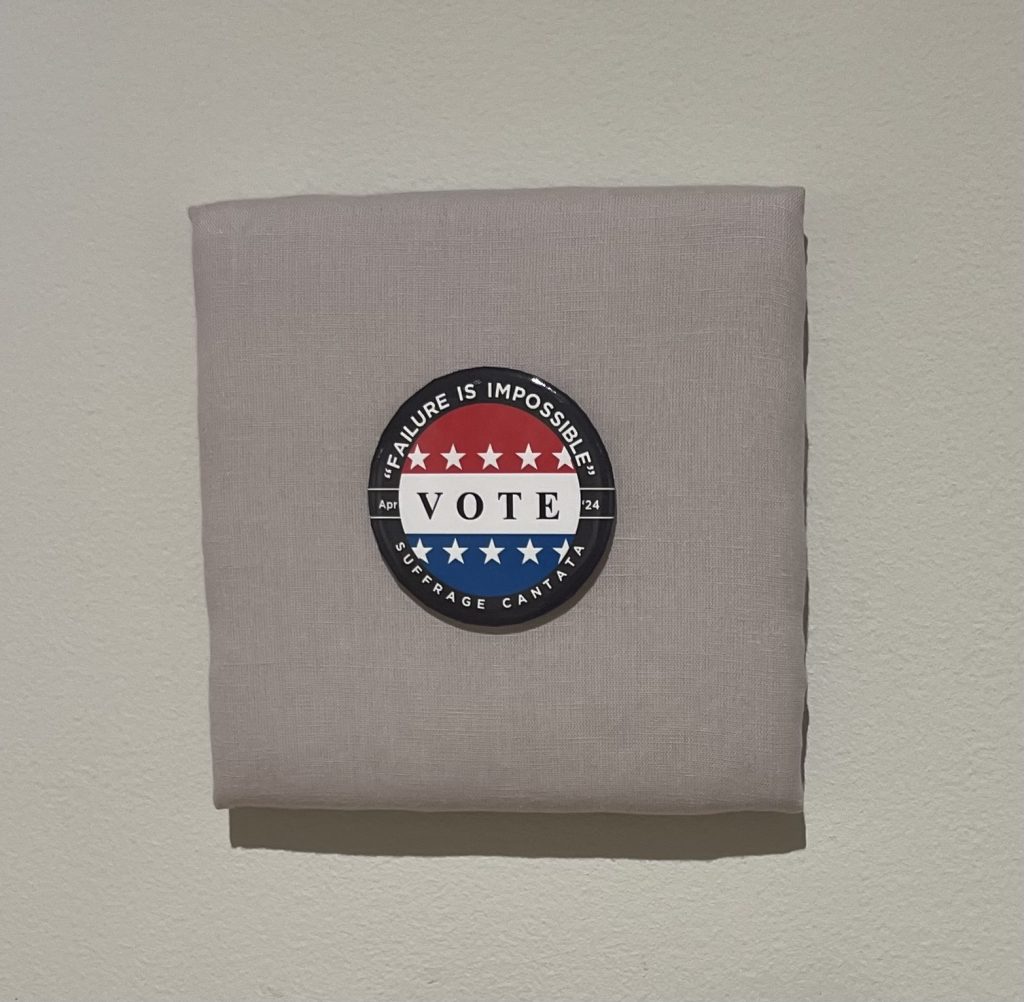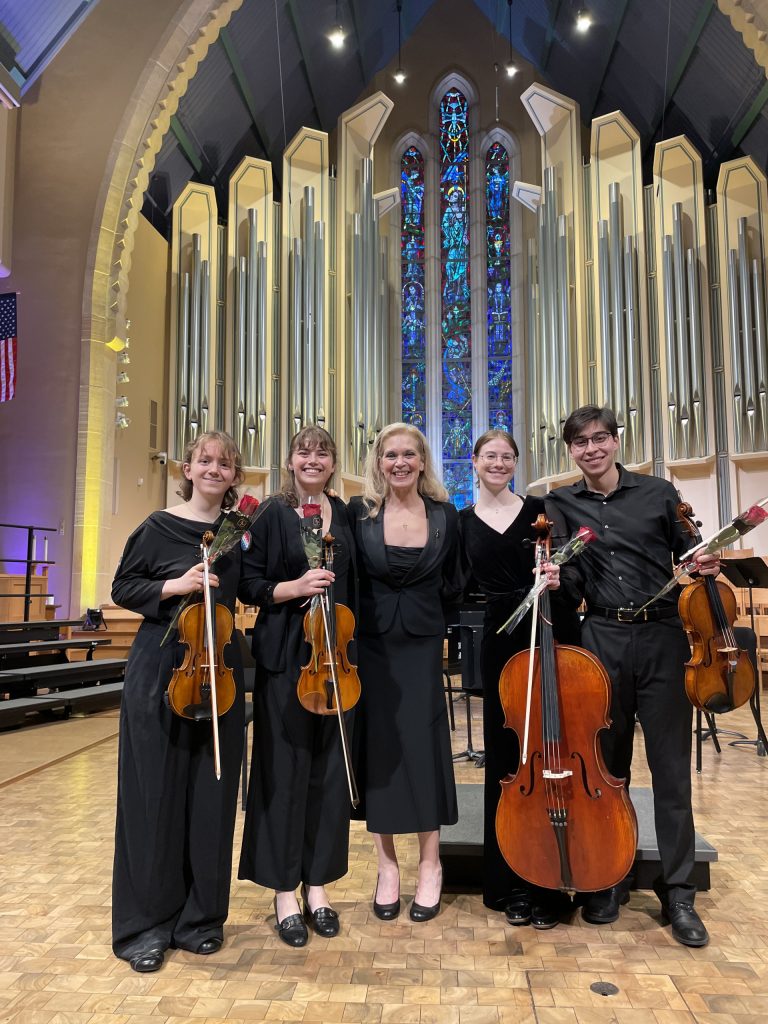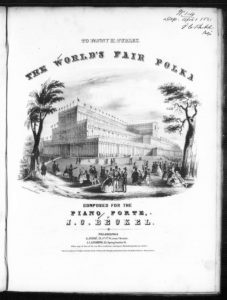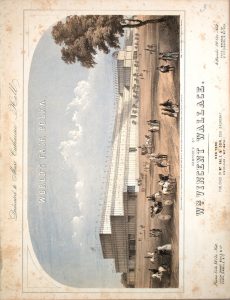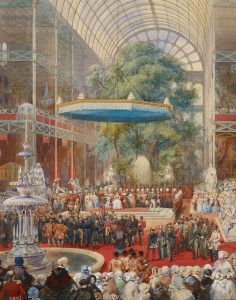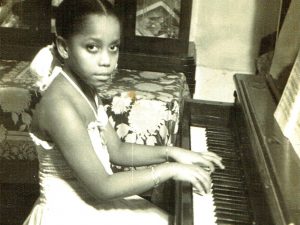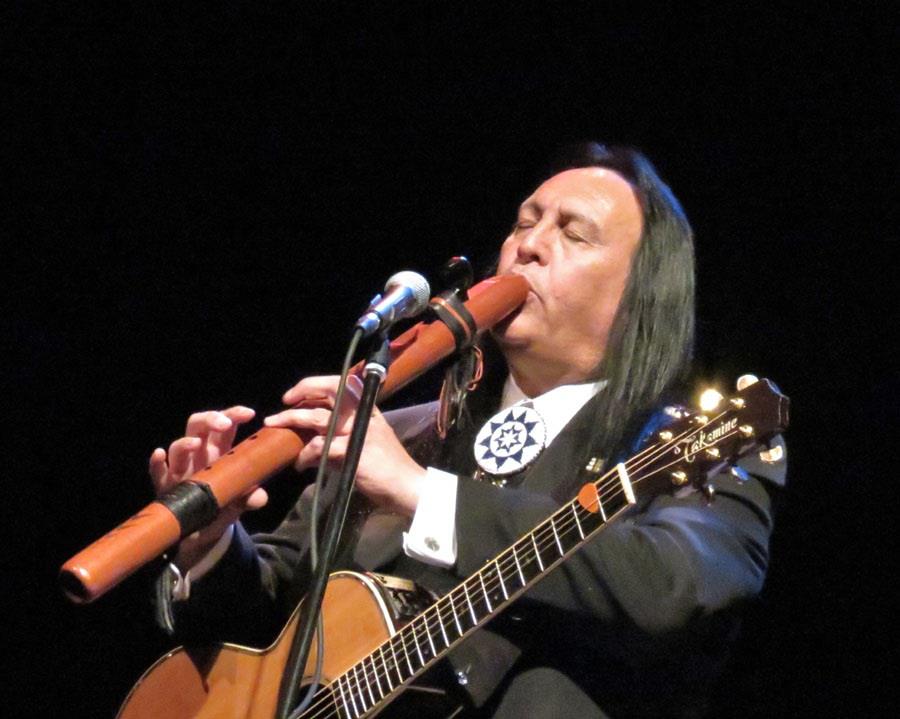What would you do if you were barred from a concert hall? Well, if you’re Marian Anderson then you go to a bigger and better venue. In 1939, the Daughters of the American Revolution’s Concert Hall barred Marian Anderson from performing due to racial discrimination. There had been a clause written into every contract issued by the Daughters of the American Revolution that instituted a white-only policy. Her response was to instead hold a concert at the Lincoln Memorial in Washington, DC.
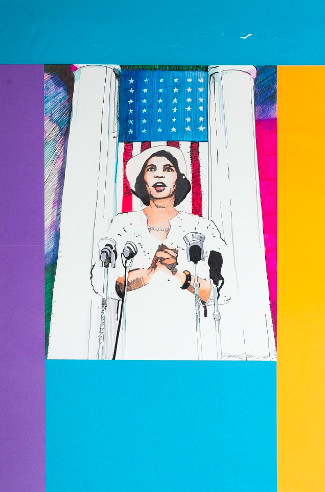
Initially invited to perform as a part of a concert series held by Howard University, they were hard-pressed to find a venue that would hold the sheer amount of people who wanted to watch her perform. She starts the concert with My Country ’Tis of Thee, and follows with two arias (Donizetti’s La Favorite, Schubert’s Ave Maria) and three spirituals (Gospel Train, Trampin’, and My Soul is Anchored in the Lord).
There is a lot to think about when looking at this event. There have been so many obstacles that have been put in front of black artist’s lives and careers based on racial discrimination. These performers often have to get creative in order to continue on, and that is how stories like these emerge.
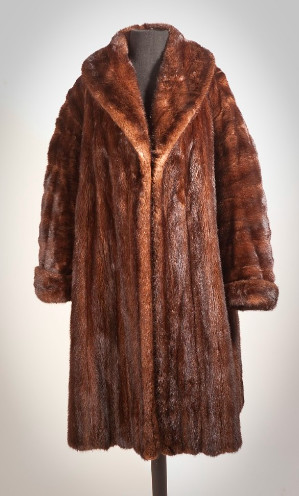
Marian Anderson was denied a basic need for her concert solely based on the color of her skin and gave a performance at the Lincoln Memorial that is a true testament to her, and is one that will forever be remembered by the American people.
Works Referenced:
1990 Census Poster of Marian Anderson | Smithsonian American Women’s History. Accessed November 22, 2024. https://womenshistory.si.edu/object/1990-census-poster-marian-anderson:acm_2004.0014.0002.
Smithsonian Institution. “Get the Latest News from the Smithsonian.” Smithsonian Institution. Accessed November 22, 2024. https://www.si.edu/object/marian-andersons-fur-coat:acm_1992.0034.0001.
Stamberg, Susan. “Denied a Stage, She Sang for a Nation.” NPR, April 9, 2014. https://www.npr.org/2014/04/09/298760473/denied-a-stage-she-sang-for-a-nation.

